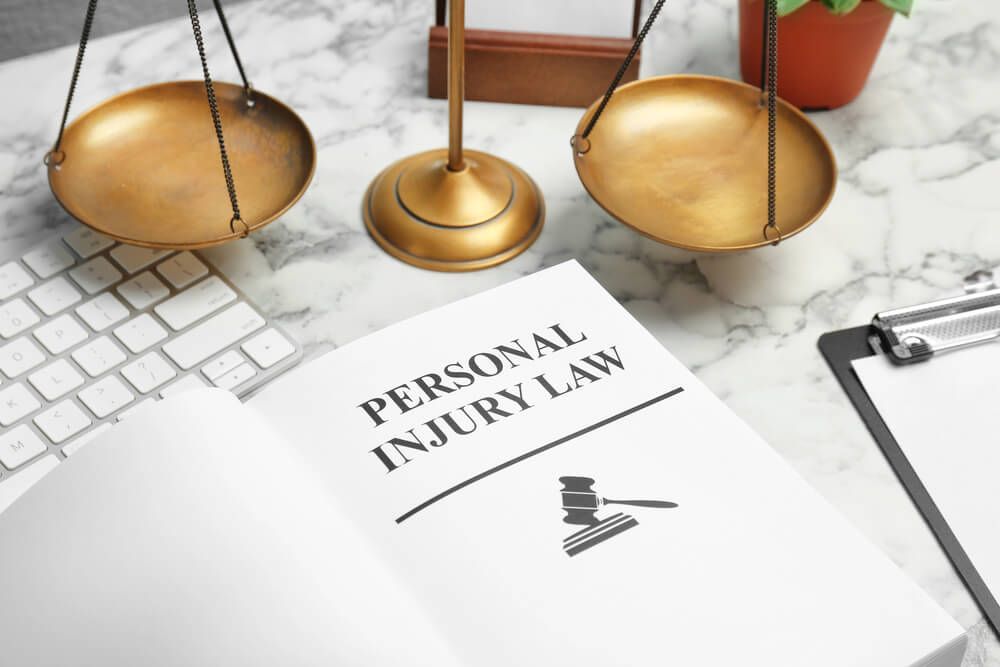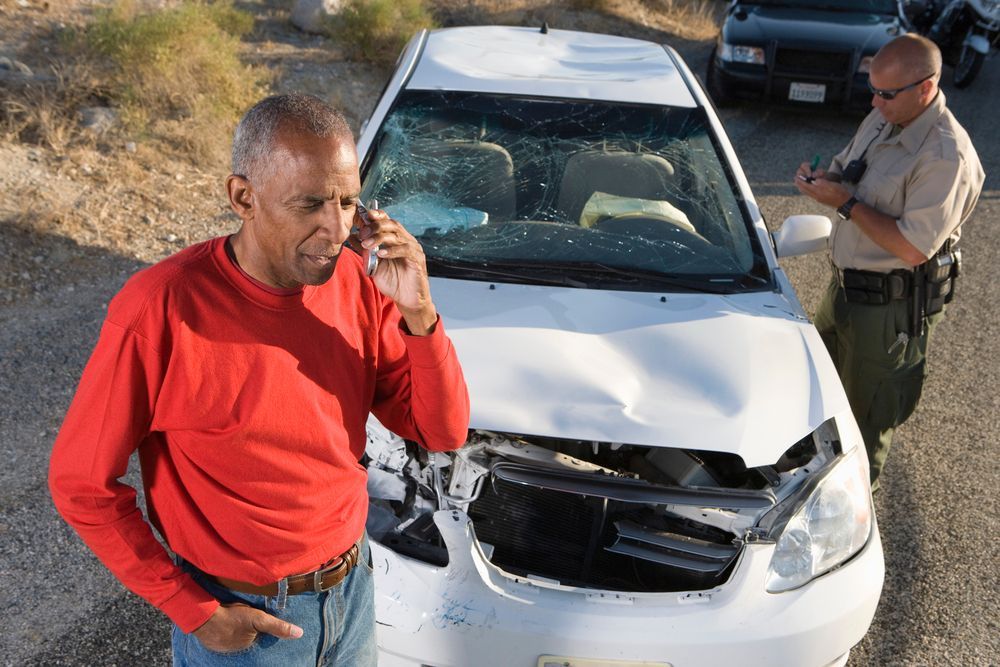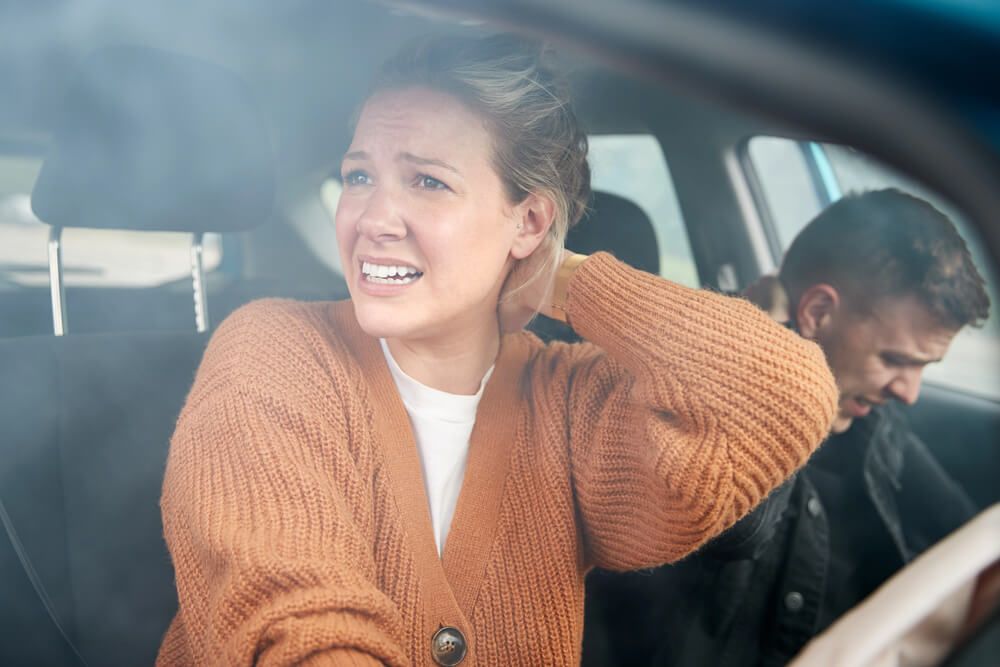What Is Negligence Per Se?
Recent Blog Posts
What Is Negligence Per Se?

After an accident, you’re already dealing with pain, stress and uncertainty, so the last thing you need is confusing legal jargon to make sense of. Yet, understanding the terms you’ll hear can help shape the outcome of your case. One that often comes up is “negligence per se.”
What is negligence per se, and how can it strengthen your personal injury claim?
What Is Negligence?
Negligence is the foundation of most personal injury cases. In simple terms, it means someone failed to act with reasonable care, and that failure caused harm to someone else. To prove negligence, lawyers generally look at four elements:
- Duty of care
- Breach of that duty
- Causation
- Damages
For example, a driver has a duty to follow traffic laws and operate their vehicle safely. If a driver texts while driving, they are breaching that duty of care by not paying full attention to the road. If that texting driver then causes an accident that injures another person, the injured party can show causation (the breach led directly to the accident) and damages (medical bills, lost wages, or pain and suffering). A car accident attorney can use these facts to prove negligence.
Gross Negligence
When someone’s conduct is even worse than ordinary negligence, the law recognizes it as gross negligence. This means the person didn’t just make a mistake; they showed a reckless disregard for the safety of others.
For instance, a driver who speeds through a school zone at twice the posted speed limit and harms children or pedestrians could be considered grossly negligent.
What Is Negligence Per Se?
Negligence per se is a legal rule that makes proving part of your case easier. Typically, you have to show that the other person had a duty of care and that they breached it. But if the person violated a law that was specifically created to protect people’s safety, the law itself already proves duty and breach.
In that situation, you only need to show that the violation of the law caused your injury and led to damages. This often puts more pressure on insurance companies to settle fairly, since they know the law is not on their side.
For instance, a driver who runs a red light and causes a collision has already broken a traffic law. A drunk driver is in the same category because the DUI statute exists to protect others on the road. Even property owners can face negligence per se claims if they ignore building codes that later lead to injury.
Why Are Some Negligence Per Se Claims Dismissed?
Not every negligence per se claim will succeed. To use negligence per se in your case, the law you point to must specifically protect people like you, and it must address the kind of harm you suffered.
For example, if a regulation is written to protect construction workers on a jobsite, but a bystander walking past is injured, negligence per se may not apply because the bystander was not the group the law was meant to protect.
Courts also reject claims if the law violation did not directly cause the injury. In other words, just because someone broke a law does not automatically mean they are responsible for the accident or the harm that followed.
Establishing Negligence Per Se Is Not Enough To Prove Liability
While negligence per se can give your case real power, it doesn’t automatically guarantee a win. Insurance companies will often fight back by claiming your injuries would have happened anyway or downplaying the impact of the law that was broken.
Having a skilled lawyer can help counter these arguments. At Sargon Law Group, we know how to dig into the facts, uncover the evidence insurance companies hope you’ll miss and shut down weak defenses.
If you were injured because someone chose to break the law, you shouldn’t have to take on insurance companies by yourself. Contact our personal injury attorneys today, and let us fight to seek the compensation you deserve.






